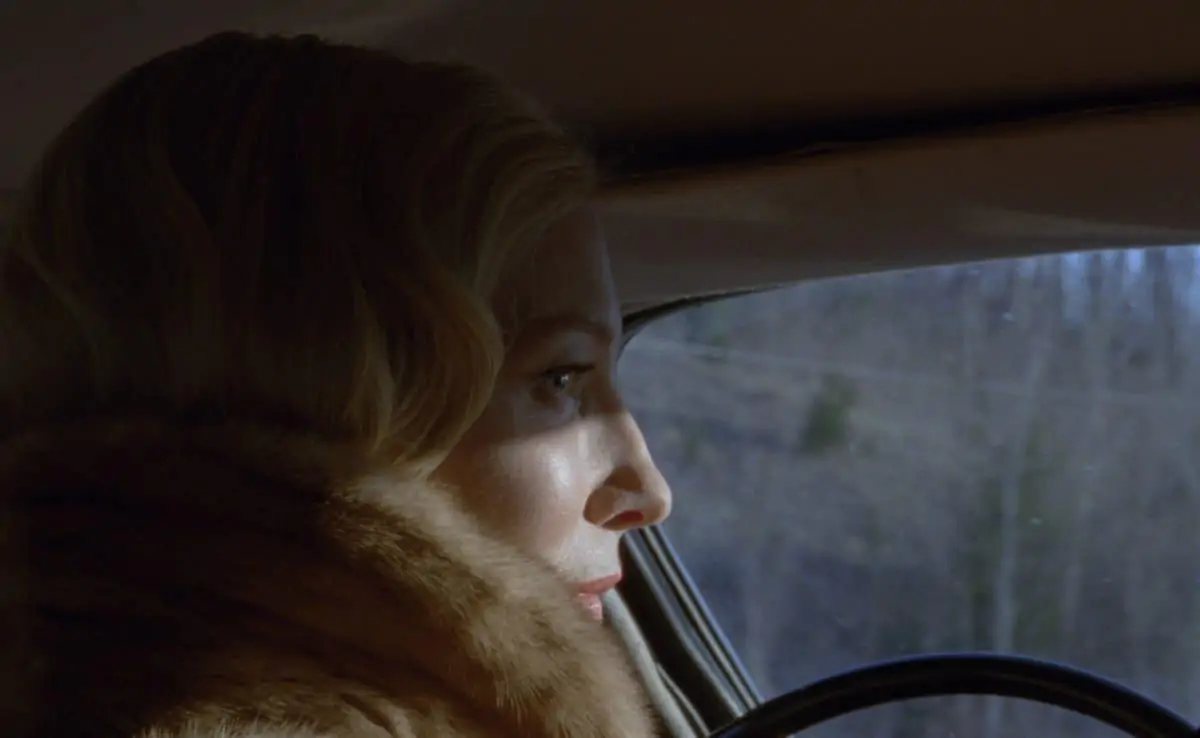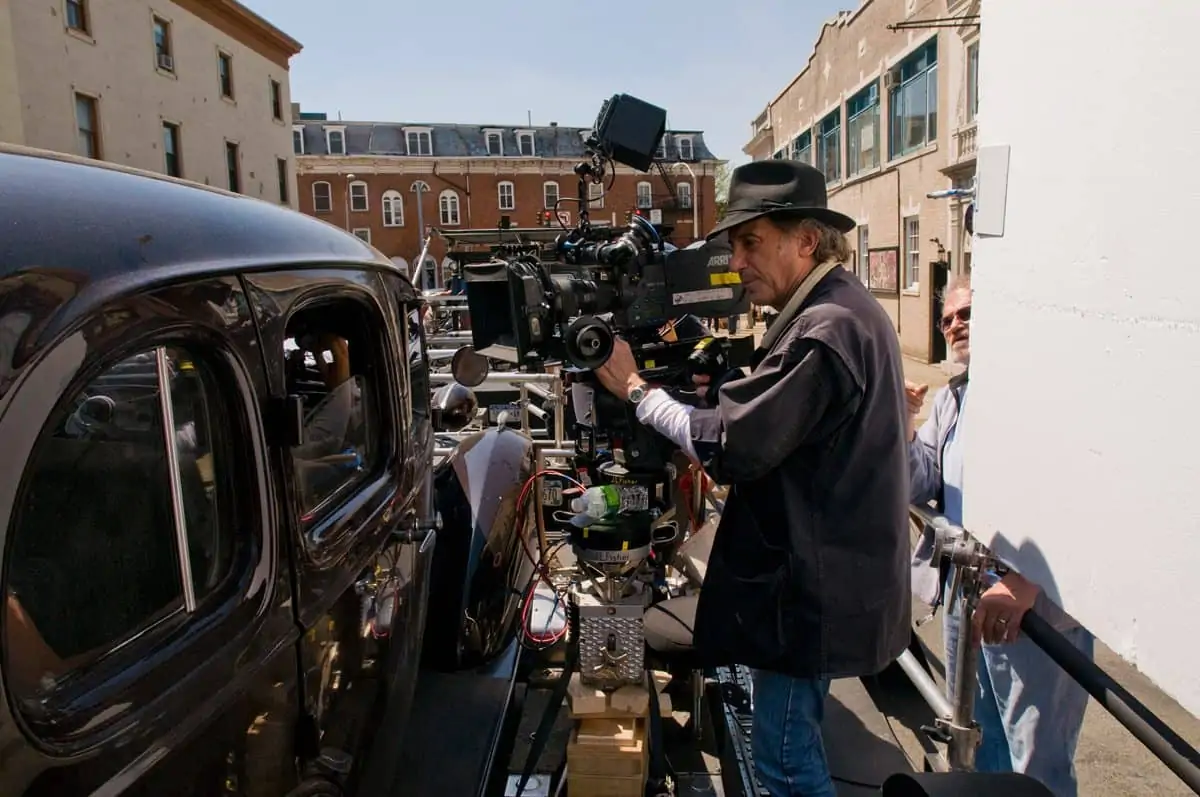Spellbinding
Ed Lachman ASC / Wonderstruck
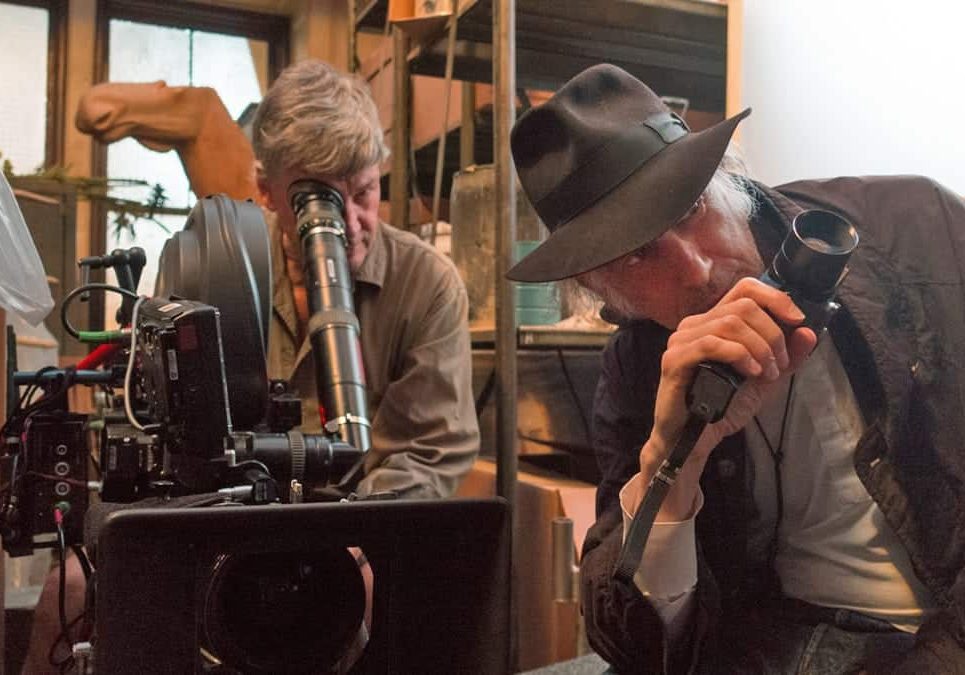
Spellbinding
Ed Lachman ASC / Wonderstruck
BY: Ron Prince
“For character-driven stories, I still prefer to shoot on film. Frame-by-frame there is more life and depth to the image, than in one that is pixel-fixed on the single plane of a digital sensor. To my eyes there is something anthropomorphic to film – living and interacting between the frames – which supported our human-interest storytelling.”
So says cinematographer Ed Lachman ASC about his work on Todd Haynes’ touching mystery Wonderstruck, the DP’s fifth narrative collaboration with the critically-acclaimed director.
Shot on Kodak 35mm B&W and colour film stocks, Wonderstruck is based on the 2011 illustrated/written novel of the same name by US author and artist Brian Selznick, who adapted his book into the screenplay. The Roadside Attractions and Amazon Studios’ feature stars Julianne Moore, Michelle Williams, Amy Hargreaves, Oakes Fegley and Millicent Simmonds.
With dual storylines taking place in both 1927 and 1977, Wonderstruck respectively follows Rose and Ben, who both secretly wish their lives were different. Rose, a deaf girl, saves clippings from picture magazines of her estranged feature-film and stage-star mother. Ben, who suddenly loses his hearing, longs for the father he has never known. While Rose is captivated by the stories in her scrapbook, Ben discovers an enticing clue in his mother's bedroom, and both children set out alone on their separate quests to discover what they have been yearning for.
Set fifty years apart, the two narratives parallel and interweave with each other, driving the mystery of the story forwards. Although the storylines are separated by time, the characters’ journeys are mirrored in several ways: by their deafness; in leaving their homes for New York City; and during the film’s culmination at The Museum Of Natural History in New York. There’s also the conundrum of what their connection is to one another?
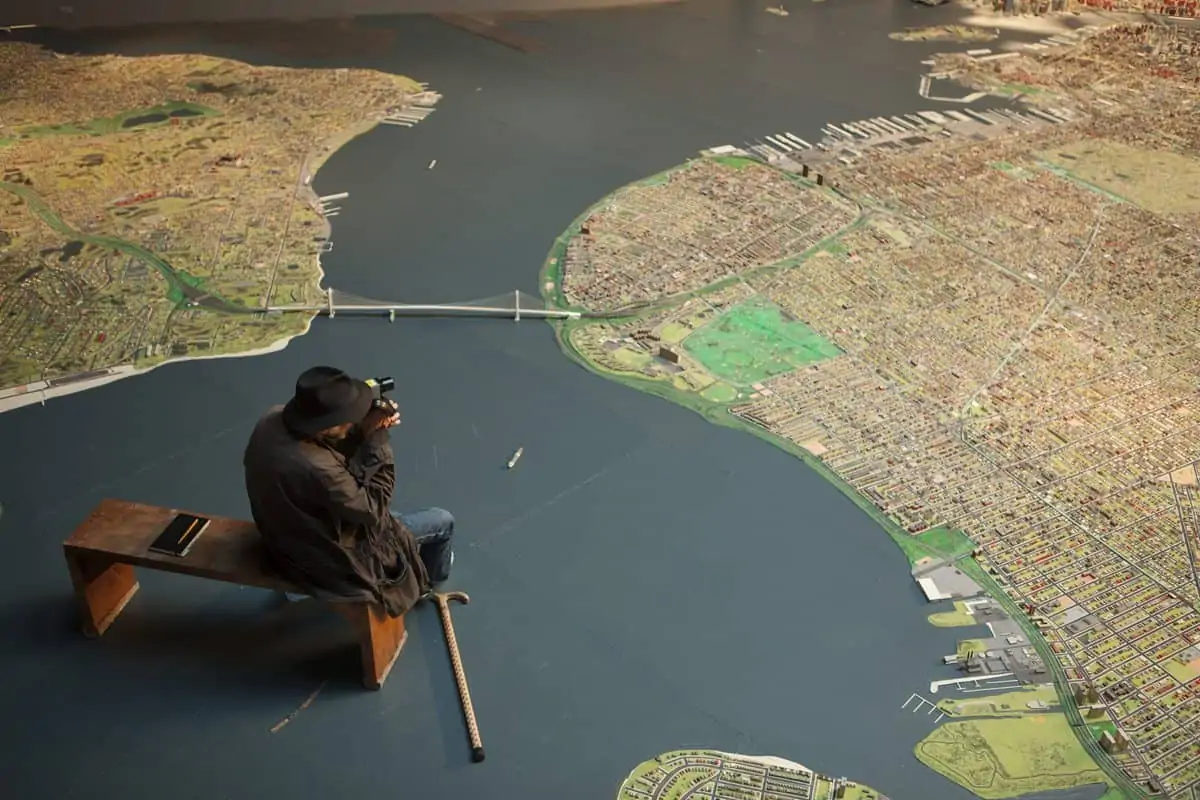
“Brian’s original novel is a rich, complex and beautiful story about loneliness and abandonment, suffused with the strength and fortitude of our young characters’ search for love,” says Lachman, who previously shot Haynes’ Far From Heaven (2002), I’m Not There (2007), Mildred Pierce (2011) and Carol (2015) - all on film. Lachman earned Academy Award nominations for his work on Far From Heaven and Carol.
“The challenge for Todd and myself in realising the movie was a brilliant idea from Brian right at the outset. As Rose’s story takes place in the 1920s, during the silent period of the movies, Brian suggested that we portray her story through similar visual imagery. By logical extension, this also got us thinking about how we could couch Ben’s story in a visual grammar of the 1970s.”
Accordingly, Lachman and Haynes reached back into cinema history in search of appropriate stylistic references that would, by turns, point and counterpoint the visual style of the two different narratives.
From the silent period, Lachman and Haynes watched a series of B&W classics, including Fritz Lang’s Dr. Mabuse: The Gambler (1922), F.W. Murnau’s Sunrise (1927), Victor Sjostrom’s The Wind (1928), and King Vidor’s The Crown (1928).
“You can, if you choose, create a B&W look digitally, but the image is totally different to one that is shot on film,” says Lachman. “Digital just does not have the same depth or texture. Film has a different exposure latitude, and the grain is integral to the image, not a layer that you add on top in post production. Those silent movies, and our experience of having shot parts of I’m Not There on B&W 35mm film, encouraged us to revisit the same filmstock for Rose’s narrative in Wonderstruck.”
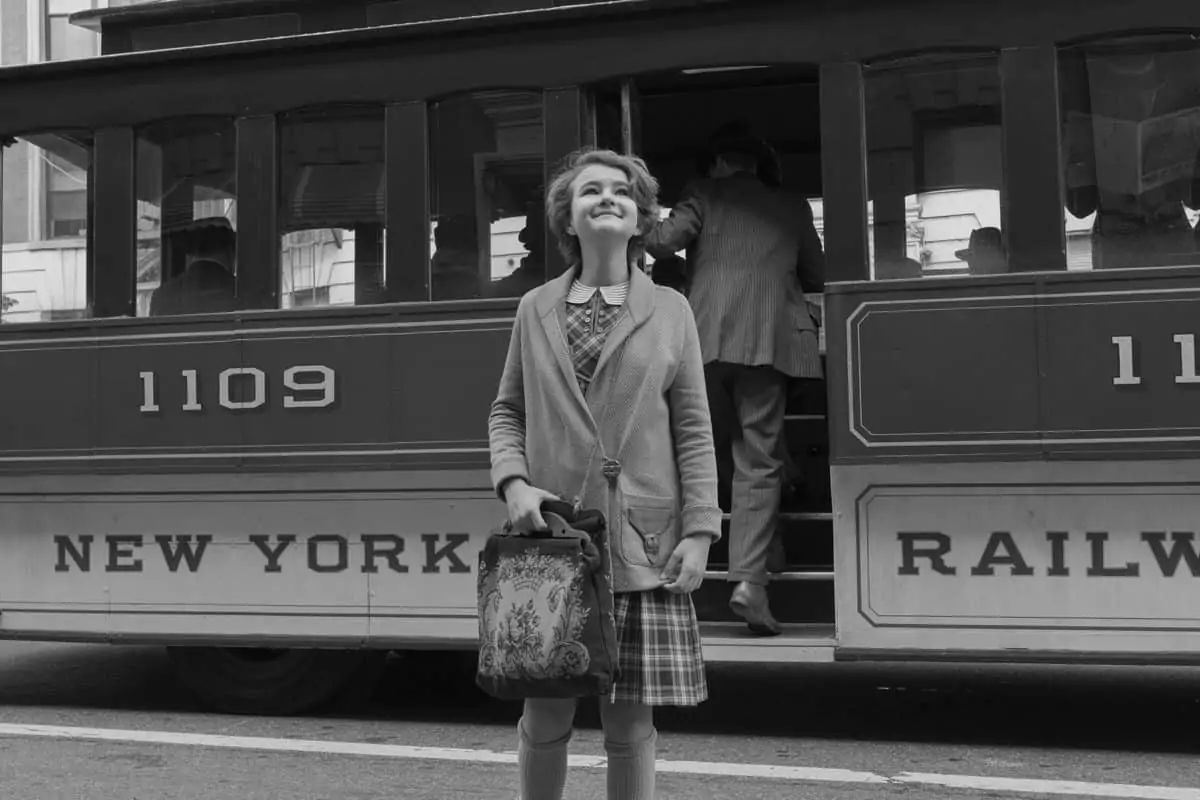
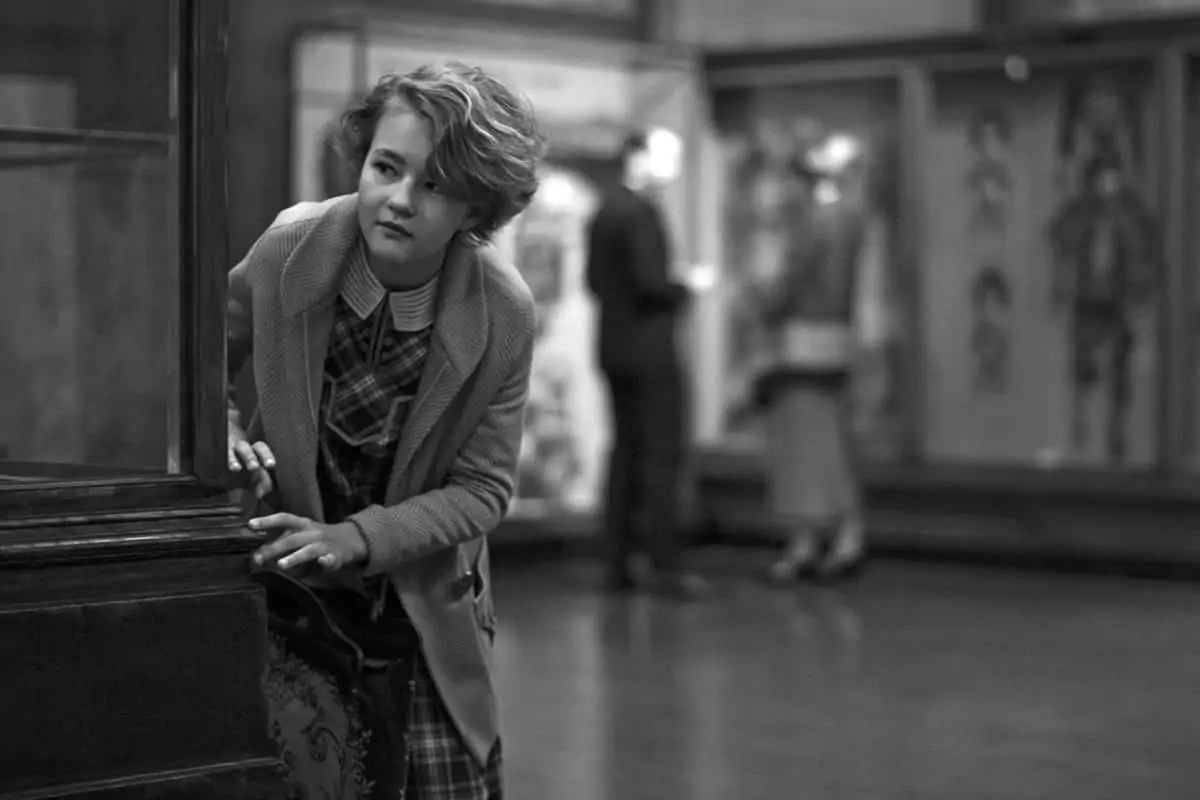
For Ben’s story, set in the 1970s, Lachman says he was inspired by the documentary-style cinematography of Owen Roizman ASC on The French Connection (1971, dir. William Friedkin), which captured the street reality of New York’s run-down urban landscape.
With the entire production framed in 2.40:1, principal photography on Wonderstruck took place between May and July 2016, at locations in Peekskill, Brooklyn and New York City. Following lengthy but successful negotiations, filming also took place within the famous dioramas at The American Museum Of Natural History, and also of the vast 3D Panorama of New York City at Queens Museum. These filmed sequences were used to visualise the children’s active imaginations, and were influenced by the works of artist/sculptor Joseph Cornell, whose signature ‘assemblage’ art-form involved collage and discarded artefacts contained in memory boxes – mini-theaters of poetic memory.
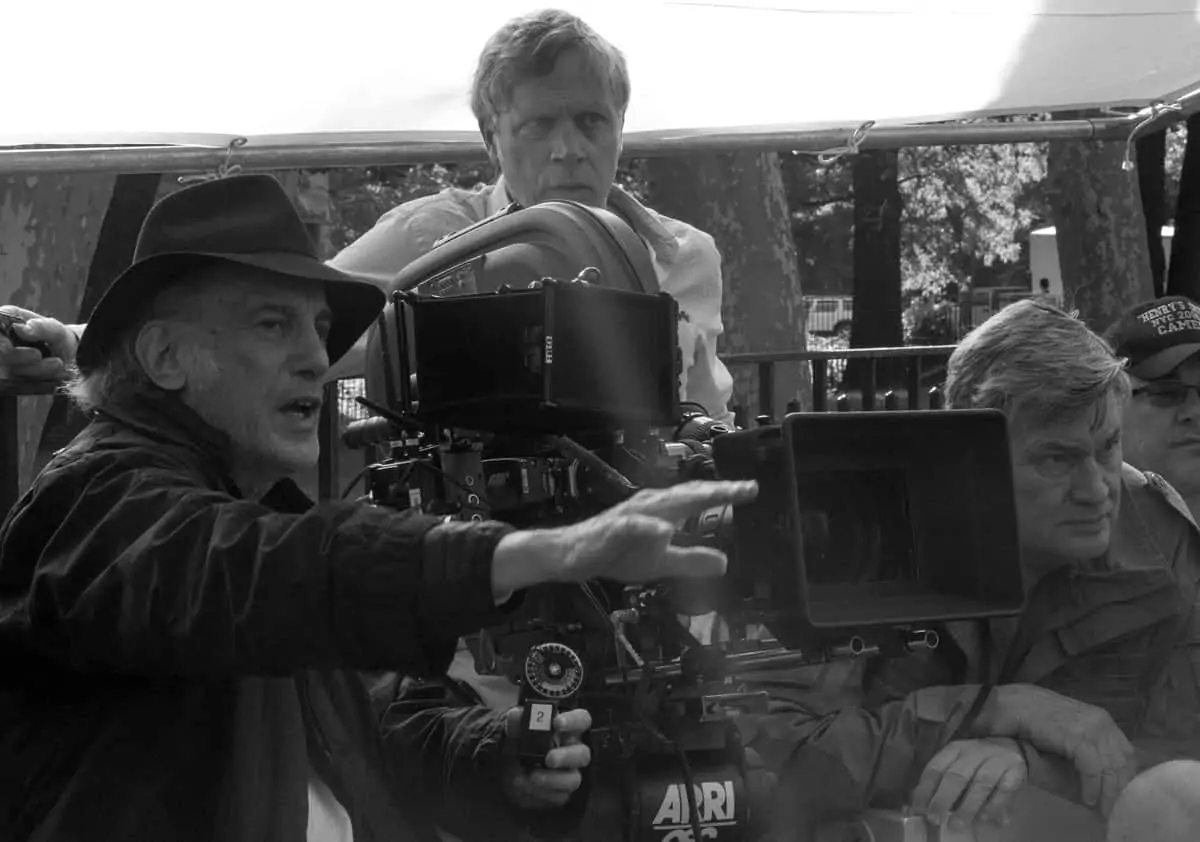
"You can, if you choose, create a B&W look digitally, but the image is totally different to one that is shot on film. Digital just does not have the same depth or texture. Film has a different exposure latitude, and the grain is integral to the image, not a layer that you add on top in post"
To capture Rose’s story, Lachman shot with Kodak B&W Double-X 5222, using his own personal set of Cooke Speed Pancho lenses, and keeping the camera moves restrained to simple dolly tracks and pans in the style of silent era movies. Prior to the shoot, Lachman worked closely with production designer Mark Friedburg, and Sandy Powell, the production’s costume designer, to determine that the production design and wardrobe would deliver the precise tonal qualities he wanted in the B&W footage.
“The Double-X 5222 negative is a unique stock,” Lachman remarks. “It has a particular look, in the way it reacts to light and processes through the lab, which is really hard to emulate digitally. I lit the B&W scenes with harder, direct light from Fresnel lamps, and variously used yellow, orange and LLD filters to further enhance the separation of black, white and gray, whilst also achieving some chiaroscuro – all of which the Double-X 5222 renders beautifully. The resulting images were very much in keeping with the look of the silent films from which we had taken our initial inspiration.”
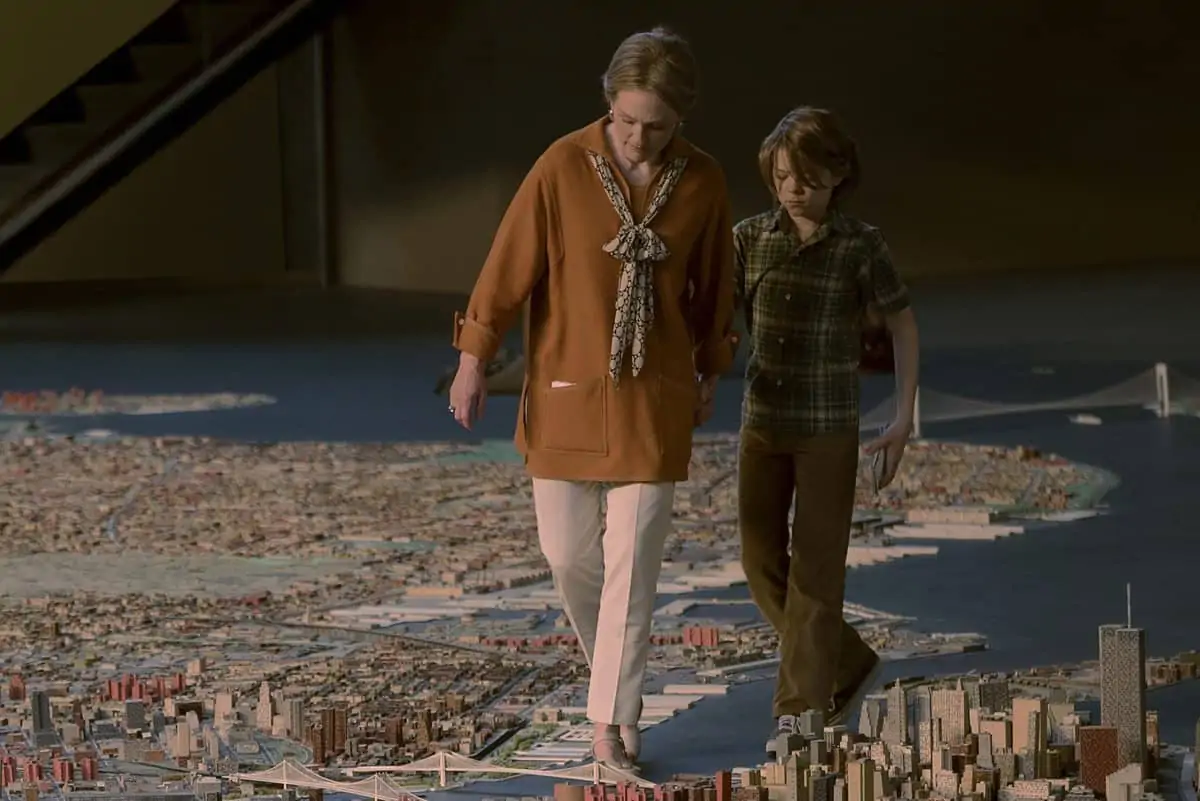
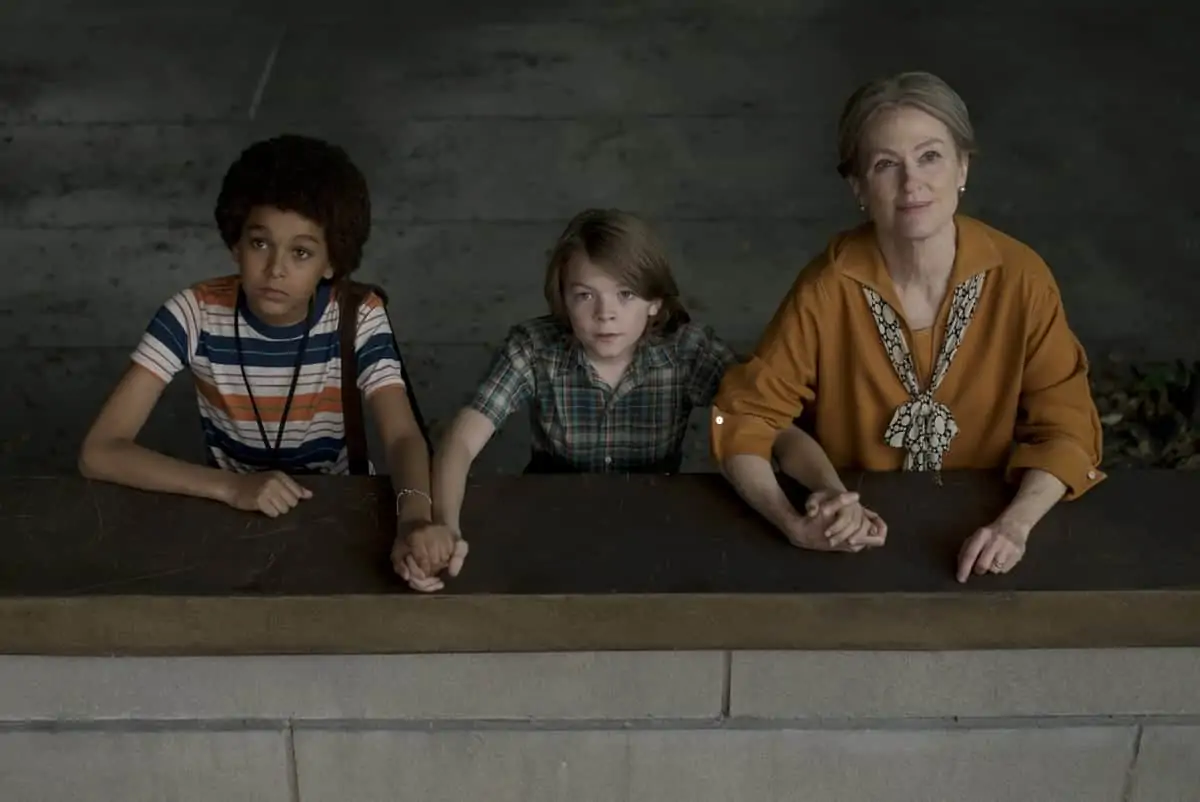
To mimic the visual language of the 1970s for Ben’s story, Lachman paired Kodak Vision 3 500T 5219 and Kodak 250D with Cooke S4s zoom lenses, and adopted a naturalistic approach to the lighting.
As he explains: “Ben’s story was all about portraying the New York environment during that period in time. We shot with both of the colour stocks in available light, or lit scenes to resemble available source light, along with using practicals. The separation and rendition of warm and cool colours, and the crossover of colours, all in the same frame is different on film to the digital alternative, because of the way the light is etched on to film’s RGB layers. Furthermore, the grain structures within in the body of the film give a particular dimension and depth to the image, as opposed to the noise that is pixel-fixed on one plane when you shoot digitally. I push-processed the 500T 5219 at the lab (Fotokem in LA), to give this material more of a feeling of the grain structure and colour saturation of film stocks of the 1970s.”
But the quest for ’70s vérité didn’t end there. Although modern, sophisticated equipment could have been utilised to motivate the camera, Haynes insisted on handheld camera work, incorporating zooms, from a traditional Western dolly featuring plump pneumatic tyres, with a layer of sand laid down to level-out on any cracks and bumps in the street.









